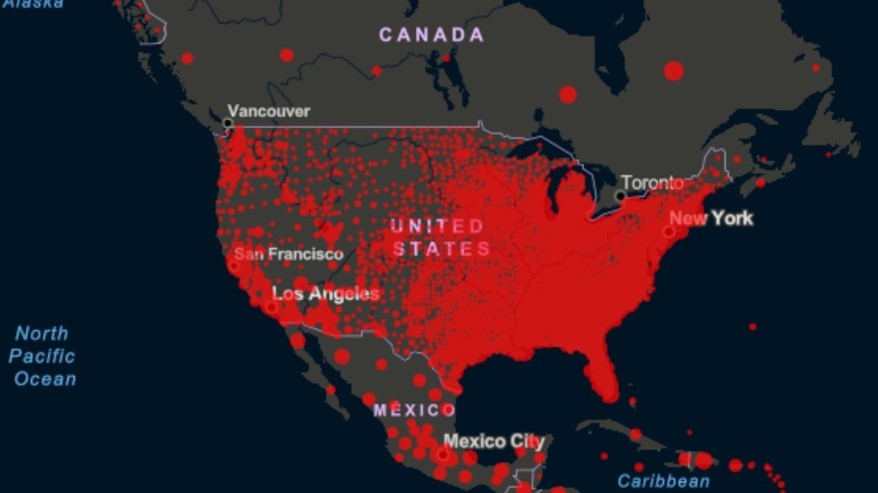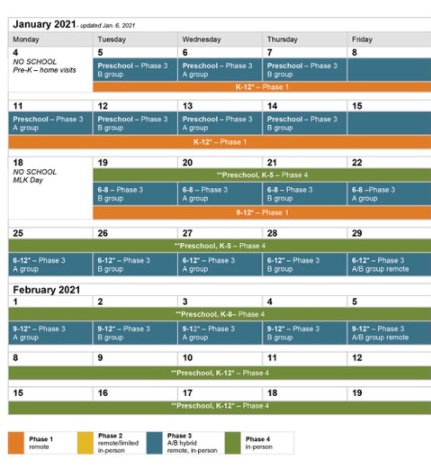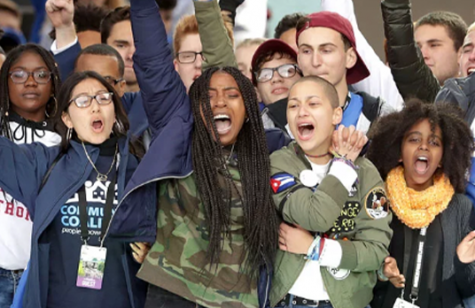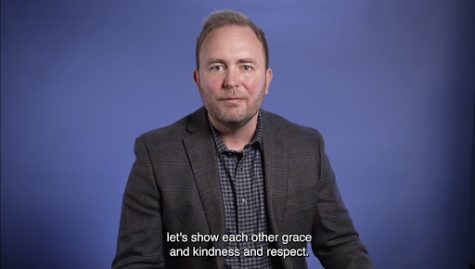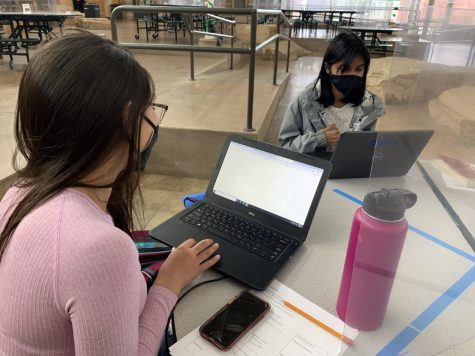America’s battle with COVID-19: What’s next?
COVID-19 cases have been increasing exponentially throughout the United States since schools, restaurants, and other public spaces have reopened.
The United States has almost always made itself stand out from other countries throughout the world, whether it be through the nation’s economy, tourism, politics, or, more recently, its response to the COVID-19 pandemic. While many other countries have largely recovered from the spread of the virus, America still remains in a difficult, and somewhat divisive, situation when it comes to the ongoing pandemic, despite it being almost exactly eight months since the country first shut down.
The initial closing down of schools, restaurants and bars, parks, places of employment, and many other places that were typically open to the public quickly become a controversial, and even political, topic. Many fought against wearing their masks in public, as well as social distancing from others, claiming that COVID-19 was, and remains to be, a hoax. Others listened closely, staying home when possible, and taking necessary precautions when going out in an attempt to slow the spread of the virus.
It seems to be the hesitance of many Americans that has now placed us in the eleventh month of COVID-19 cases throughout the country, with cases rising higher now than ever before. Colorado alone has had 140,000 confirmed cases since the pandemic first reached the United States, with a staggering 4,000 new cases today alone, as of November 11.
So with most Americans now having to face the incredible increase of COVID-19 cases while many schools, workplaces, restaurants, and other public spaces either open up, or remain open, the nation is faced with the question of where to go from here. Some think that the virus should not stop the country from continuing as usual, while others argue in favor of national mask mandates and stricter pandemic precautions.
I think that it is incredibly critical to the future of the nation that people be reminded that the “normalcy” of life that is trying to be achieved can only be reached once COVID-19 is slowed, or even stopped completely. Returning to normal now, when cases are still on the rise and a large portion of Americans still undermine the virus itself, would be detrimental for the nation.
So, how should the United States proceed? For one thing, a solid and detailed plan is required. Navigating a pandemic without a plan will only force the country to continue on in uncertainty and confusion surrounding the ways citizens should be handling themselves in their daily lives.
Within that plan, guidelines and mandates must be set in order to get the country on the same page. While many public spaces currently require masks and social distancing, some take those protocols as mere suggestions. A national mask mandate should be put in place, mobile testing sites should be widespread and accessible, social distancing guidelines should be concrete and abided by, and, perhaps most importantly, public health professionals should be making decisions and informing the country’s citizens, not politicians.
Looking towards the future though, things surrounding the COVID-19 situation do seem hopeful. While projected figures indicate that by the time the President-elect, Joe Biden, takes office on January 20, 2021, there will be more than 372,000 deaths from COVID-19, there seems to be hope surrounding the shift of the presidency from President Trump to President-elect Biden.
Joe Biden and the Vice President-elect, Kamala Harris, have already laid out an in-depth plan to navigate the rampant pandemic under their administration. Many, including myself, find it to be reassuring that the nation’s elected leaders have already curated their plan to get the country through COVID-19, since the current situation is as bad as when the pandemic was at its worst in March and April.
Seeing much of the world already conquer the pandemic and move on with nearly no new cases while America has lagged behind has been a rude awakening for many. At the same time, many realize that the kind of recovery that was a reality for countries all over the world is still entirely tangible for the United States.
The country is still able to take extra precautions surrounding COVID-19, like setting a national mask mandate, providing curfews in heavily populated areas, placing and enforcing stricter social distancing guidelines, and getting prevalent and accessible virus testing throughout the nation. But, for the time being, we all must do our part in slowing the rampant spread of the virus; continue staying home when possible, wearing masks when you have to go out, social distancing from those around you, and keeping you and the people around you as healthy as possible.
Your donation will support the student journalists of Fossil Ridge High School. Your contribution will allow us to purchase equipment and cover our annual website hosting costs.

Melissa May, a senior, is ecstatic to be starting her fourth year as an Etched in Stone staff member. She is excited to be back writing for the newspaper and is optimistic heading into the semester despite the unusual circumstances. She is thrilled to take on the role of Editor in Chief alongside Caroline...



